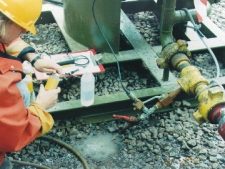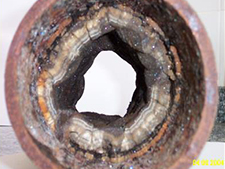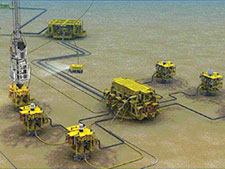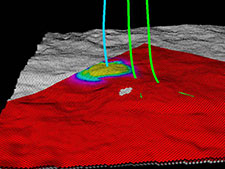Benefits
- Reduces uncertainties in the results of those applications making use of formation water composition data.
- Improves reliability of decisions and planning based on the results of the same applications.
Background
It is a challenge to obtain representative formation water samples and analyses because they can be adversely affected by various factors, processes and events (FEPs) during drilling, testing, sampling and subsequent sample preservation, storage and analysis. Common problems are:
- Drilling fluid contamination.
- Precipitation of minerals from the samples as a result of cooling and de-pressurisation (with associated gas loss).
- Contamination arising from poor sampling, sample handling and sample preservation procedures.
- Use of inappropriate analytical methods.
Where samples have already been obtained we can evaluate the quality of formation water samples and analyses by:
- Considering the conditions under which the well was drilled and tested, and the samples were collected, stored and analysed.
- Identifying the FEPs which may have affected the quality of the samples and analyses.
- Interpreting the formation water analyses and using geochemical and reactive transport models to confirm whether or not the compositions are likely to have been affected by these FEPs and to what extent.
- Comparing the formation water analyses against local and regional analogue formation water compositions. We maintain an extensive database of formation water analyses from around the world.

Precipitation of Fe from a formation water sample – an example of the need for sample preservation. (a) Fe-rich formation water, (b) precipitation of Fe-oxyhydroxides after contact with air, and (c) settling of Fe-oxyhydroxides from the sample leaving Fe-depleted formation water.
Based on the evaluation results, and the intended uses of the formation water compositions, we can also identify the risks associated with these uses. This information is important to ensure that the uncertainties in formation water compositions and their associated applications are accounted for when decisions and plans are made on the basis of them.
Sometimes, individual formation water analyses are of such poor quality, that they are of no use. In these circumstances we can often use additional methods to estimate representative values for the reservoir.





